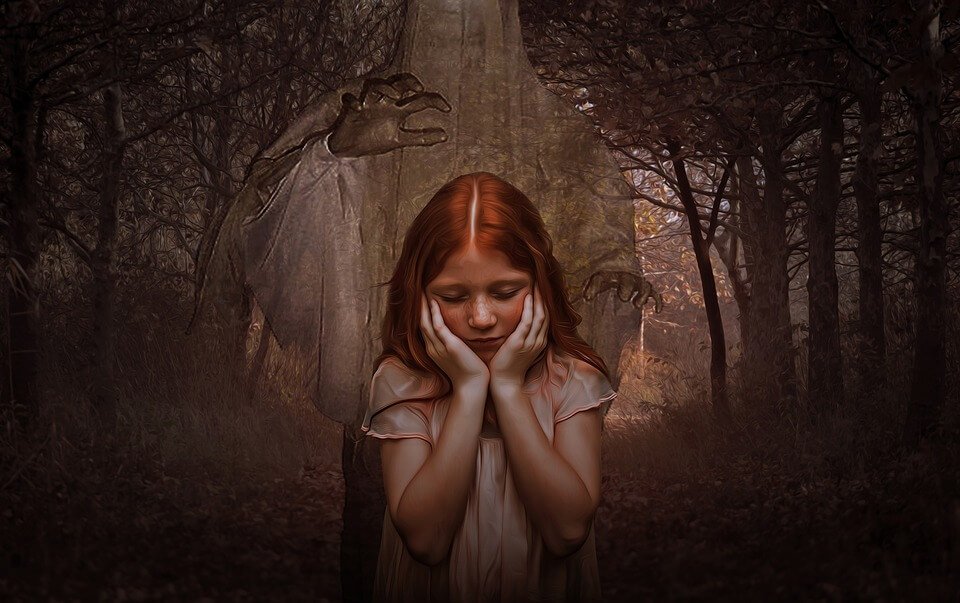Innovative approaches in treating phobias among adolescents
Phobia is present when a person shows strong and persistent fear that is triggered by the presence of a specific object or situation and leads to significant distress and/or impairment in a person’s ability to function. People with phobias experience anxiety when they anticipate an encounter with a phobic object or go to great lengths to avoid those encounters. For example, a claustrophobic person may go to great lengths to avoid entering into a closet or an elevator.
Living with a phobia is very difficult as it hampers/impacts the daily activities of life; if by chance a person with a phobia encounters a phobic object, there is a chance of them experiencing anxiety or panic attacks. There are several treatments available but for adolescents, these treatments should be used under special caution.
The best treatment for phobia is a form of psychotherapy called Exposure Therapy- a form of therapy that involves controlled exposure to the stimulus that elicits fear. It also involves Participant Modelling- in which the therapist calmly models ways of interacting with the phobic stimulus and children are taught to learn that situations are not frightening, causing the anxiety to dissipate. The goal of this treatment is to improve quality of life by mediating changes in the amygdala (involved in the emotion of fear) so that the child is no longer limited by phobias. Treatment is usually directed towards one specific phobia at a time in cases of multiple phobias.
Gradual, repeated exposure to the source of your specific phobia and related thoughts, feelings, and sensations may help learn how to manage your anxiety. For example, if someone is afraid of elevators, the therapy may progress from simply thinking about getting into an elevator, to looking at pictures of elevators, to going near an elevator, to finally stepping into an elevator. Next, the person may take a one-floor ride then ride several floors and then ride in a crowded elevator.
For certain phobias like small-animal phobia, flying phobia, claustrophobia, and blood-injury phobia, exposure therapy is often highly effective when administered in a long session.
Cognitive-behavioral therapy (CBT) uses exposure combined with other different techniques to learn ways to view and cope with a feared object or situation differently. A child learns alternative beliefs about their fears and bodily sensations and the impact they’ve had on their life. CBT stresses learning to develop a sense of mastery and confidence in your thoughts and feelings rather than getting overwhelmed by them.
It involves Cognitive Restructuring in which the therapist attempts to help the client with a phobia identify their negative automatic thoughts and change these inner thoughts through logical reanalysis. For example, it involves asking questions to automatically challenge the reflexive thoughts: “Do I know for certain that I won’t have anything to say?” “is being nervous a sign of stupidity?”
Medications
Usually, psychotherapy using exposure therapy is successful in treating specific phobias. However, sometimes medications can help reduce the anxiety and panic symptoms one experiences from thinking about or being exposed to the object or situation that induces fear. Beta-blockers are drugs that block the stimulating effects of adrenaline, such as increased heart rate, elevated blood pressure, pounding heart, and shaking voice and limbs that are caused by anxiety. Sedatives – Medications called benzodiazepines help to relax by reducing the amount of anxiety felt by a phobic person. Sedatives should be used with caution because they can be addictive and hence, should also be avoided if there is a history of alcohol or drug dependence.
Additionally, a therapist should make the child talk openly about its fears. Let the child know that everyone has scary thoughts and feelings sometimes, but some do more intensely than others. Don’t trivialize the problem or belittle the child for being afraid; instead, talk to the child about his or her thoughts and feelings and let the child know that they have someone who is willing to listen and help.
A therapist should keep in mind not reinforcing specific phobias. Take advantage of opportunities and help children overcome their fears. For instance, if a child is afraid of the neighbor’s friendly dog, don’t let the child go out of the way to avoid the animal. Instead, help the child cope when confronted with the dog and show ways to be brave. Moreover, model positive behavior because children learn by watching and so they can be shown how to respond when confronted by something they fear in order to work through it.



